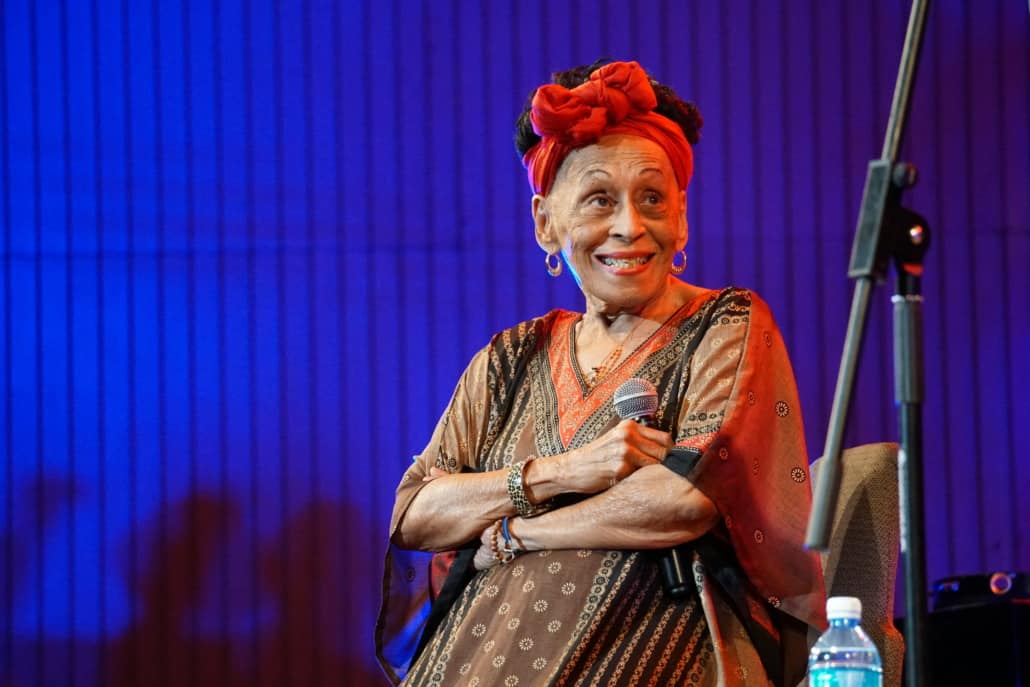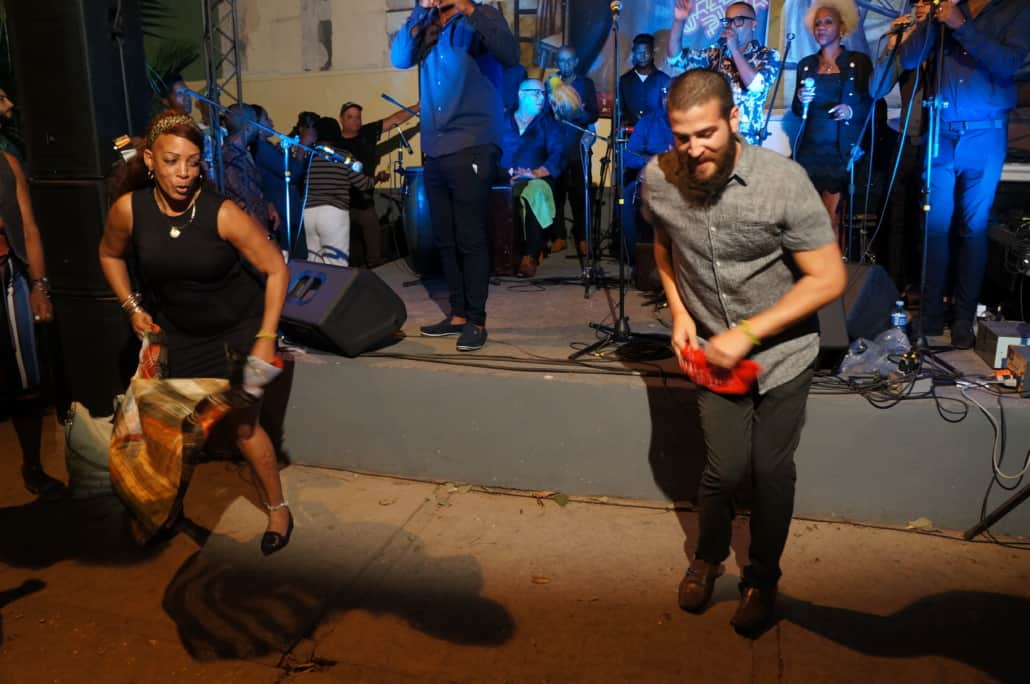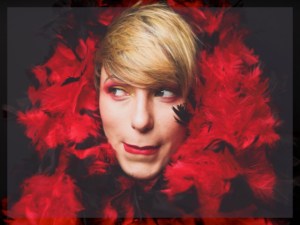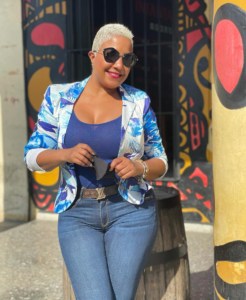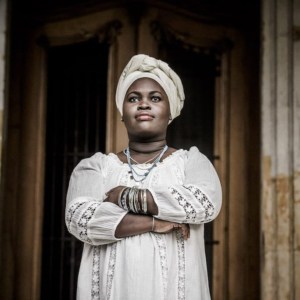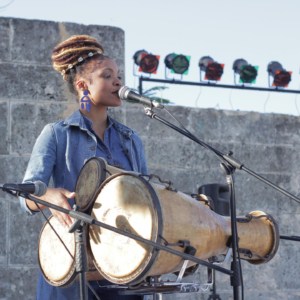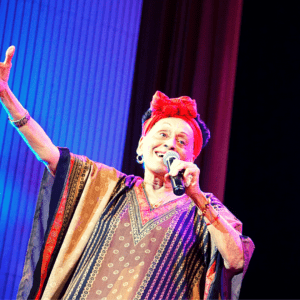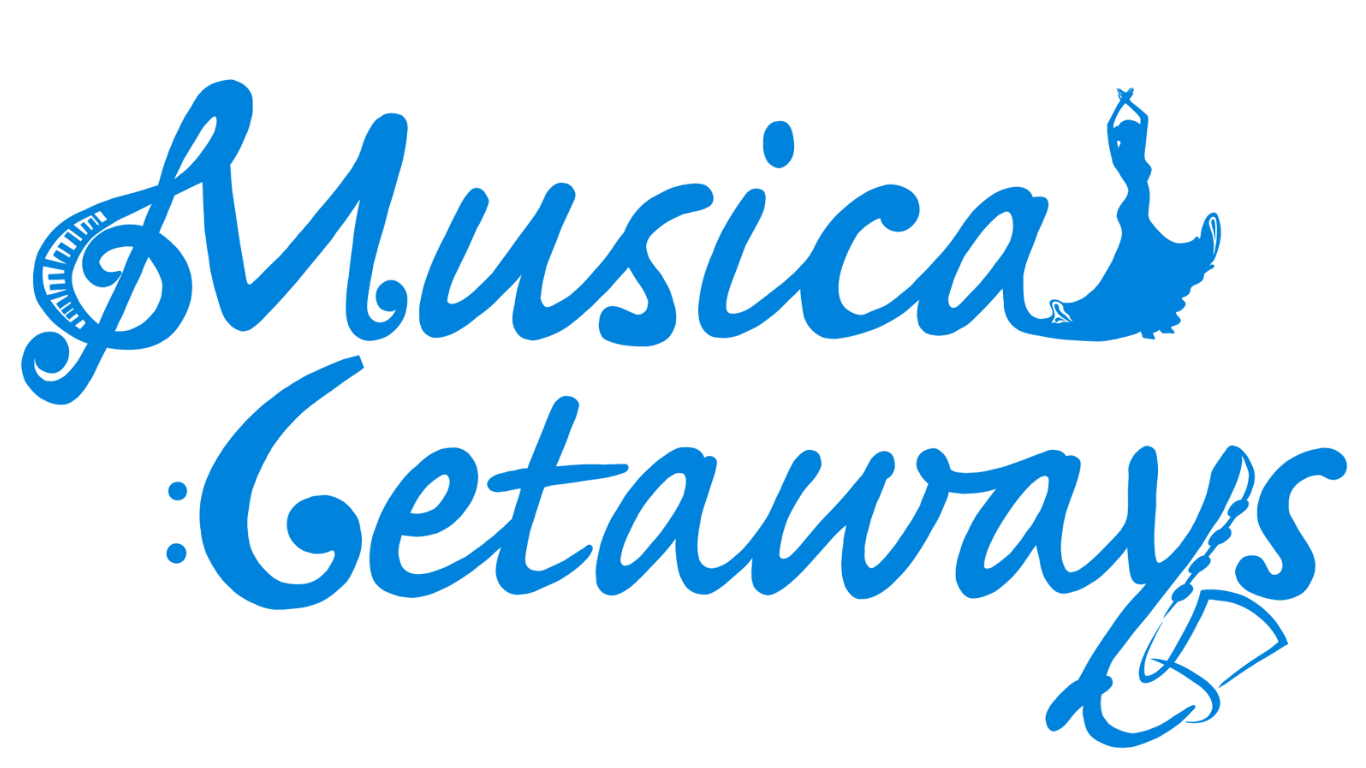The Chan Chan route: Traditional Cuban Music from Alto Cedro to the world.
By Rocío de Lucía (Cuban Musicologist)
One of the most iconic Cuban songs is undoubtedly “Chan Chan.” Many people can immediately identify that simple but delicious composition just by entering the four chords on which the song is based, authored by another of the great symbols of Cuban culture: Máximo Francisco Repilado, better known as Compay Segundo. Star of the Buena Vista Social Club, Compay achieved world fame with this traditional Cuban Music project. However, he was more than 70 years old and a respectable figure, an authority in Cuban Trova and Son music.
Compay Segundo never had academic musical training, but he brought an innate gift with which he would captivate everyone. One morning he woke up with the harmony in his head, to which he put the lyrics of one of his childhood anecdotes. He said he dreamed of the melody of “Chan Chan,” like many of his compositions.
The song tells the story of Juanita and Chan Chan, two young lovers who wanted to get married. As they lived in poverty, they went “to the sea to sift sand” to find gold and thus be able to become independent. When the young Juanita entered the sea, her dresses got wet and clung to her body, so when she wiggled while she “shook the jibe,” the sensual movement of her figure caused “pain to Cha Chan.”
The author recreates this story that hides a subtle double meaning and turns it into an adventurous artwork, with some very well-suggested touches of eroticism, but never explicit or vulgar. The verses accompany a singular tumbao, not the typical Cuban son. It is a Phrygian turn in rhythm with such a peculiar cadence, resulting in an extremely simple and irresistible song.
In other verses, he sings: “the love I have for you, I can’t hide it from you, the drool comes off, I can’t avoid it anymore.”
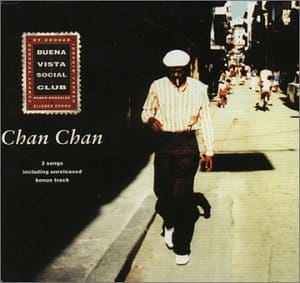
The journey of the song
Being a troubadour from the tip of his hair to the end of his feet, Compay Segundo begins his song by recounting one of the popular tours he used to do in his wanderings as a musician. The first verses of the single describe a route that includes several towns in the Holguín province, located east of the island of Cuba: “from Alto Cedro, I go to Marcané, I get to Cueto, I go to Mayarí.” Finally, the last verses are related to this introduction: “clear the straw path, that I want to sit on that log that I see, that I cannot get there.” Knowing the good humor of Cuban musicians and their propensity for double meanings, a second meaning related to the history of Juanita and Chan Chan can also be added to these final verses.
“Chan Chan” became known during the jam sessions of the Cuarteto Patria, directed by the great musician Eliades Ochoa, around 1987. Eliades says that the same year he had met Compay, and Compay had given him a cassette with his compositions, asking him to formally record them with his quartet so that he could earn some money from copyright. In that cassette came a son that Eliades drew attention to since the tumbao was quite unusual. That son was Chan Chan, to which Eliades Ochoa would later add his mastery to finish the bill for the song.
The song was performed for the first time at the Casa de la Trova Santiaguera by Compay himself and the Patria quartet. The single immediately hit the public with its contagious cadence and natural grace. The composition was recorded on the Buena Vista Social Club album in March 1996, and its international premiere was on September 16, 1997.
Pope Juan Pablo Segundo invited the Compay Segundo group to give an exclusive concert in a small room below the papal office. There they performed “Chan Chan,” among other great classics of Traditional Cuban music. Even in the Vatican, they enjoyed this legendary song. This exquisite composition shows that simplicity is an exact path when you want to communicate something honest and meaningful.
Experts could analyze the success formula of “Chan Chan” endlessly. Yet, without a doubt, its pertinent arrangement has been an emphasized factor in helping the spontaneous flavor of its rhythm and harmony to shine and make even the most skeptical dance.
If you like this traditional Cuban music we recommend you to check out our Spotify Playlist Cuban Traditional Songs. There you will find one of the “Chan Chan” versions and many other beautiful Cuban songs that you will certainly enjoy.


